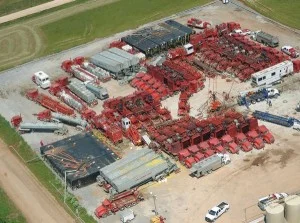The North Dakota Land Board has awarded more than $27 million in grants to airports throughout western North Dakota. The grants add to the $11 million awarded by the FAA. In total, more than $38 million has been awarded airports in the state.
The bulk of the funding will be allocated in areas impacted by Bakken oil and gas development. The largest grants include:
- Minot - $22.2 million from the state
- Bowman County - $4.6 million from the FAA and $1.9 million from the state
- Bismark Airport - $2.3 million from the FAA
- Dickinson Airport is getting $1.9 million from the FAA and $1.2 million from the state
- Crosby - $1 million from the state
“Airports in western North Dakota are experiencing record increases in boardings and activity, requiring additional investment in new and expanded terminals, runways and other maintenance needs,” said Gov. Jack Dalrymple. “These state grants will help airports in our oil and gas counties address the impacts of rapid growth and enhance air travel opportunities for our citizens.”
No other airport is getting more than $500,000 in grant funding. The state set aside $60 million in Energy Impact Grants to fund airport projects. The $27 million awarded is the first round of distributions.
Read the full press release from the Governor's office at governor.nd.gov





